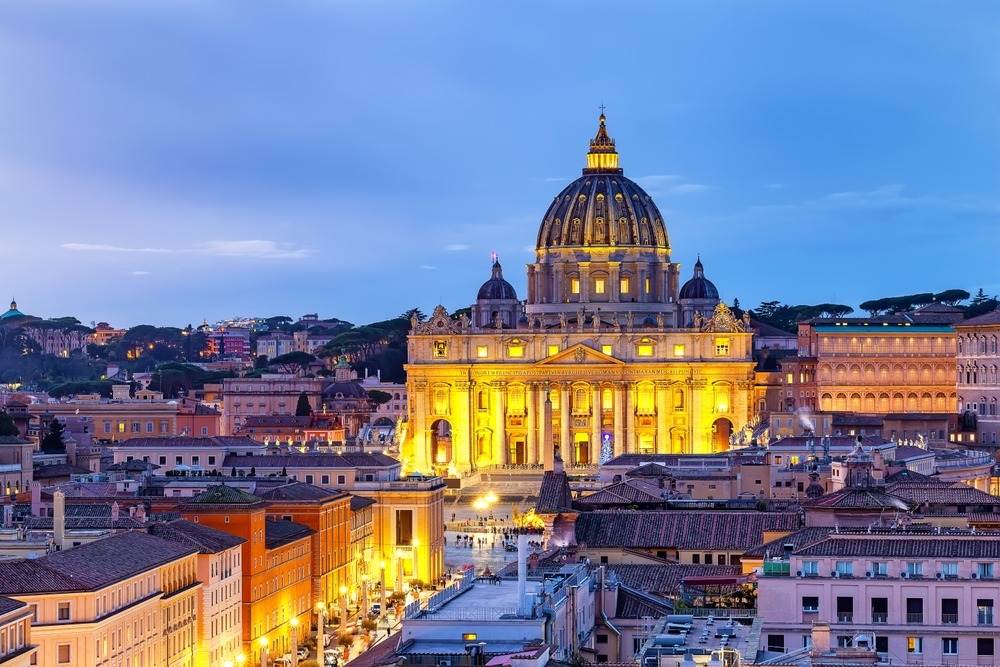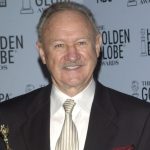How Is a New Pope Chosen? Inside the Ancient Ritual of the Papal Conclave.
With the passing of Pope Francis, the Catholic Church now enters a solemn yet extraordinary phase: the selection of a new pontiff. Cardinals from across the globe are preparing to gather in Rome for a centuries-old ritual that blends tradition, secrecy, and spiritual discernment.
This period, known as sede vacante—Latin for "empty seat"—officially begins after a pope dies or, in rare cases, resigns. During this time, the late pope’s papal ring and seal are ceremonially destroyed to prevent misuse. The Church is temporarily led by the Camerlengo, or chamberlain, who acts as an interim administrator with limited authority.
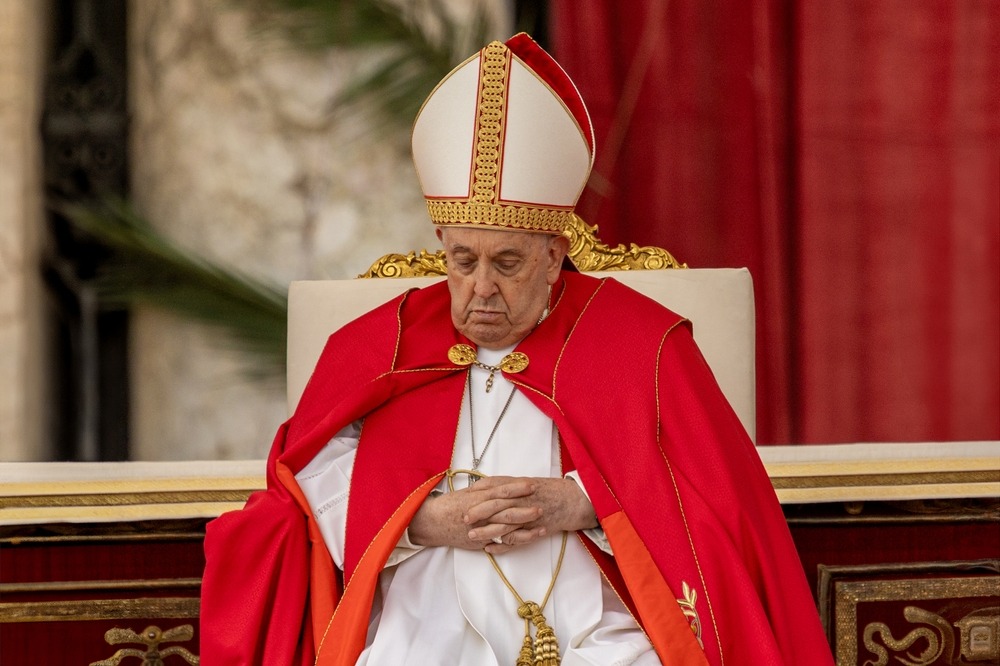
The Conclave: A Global Gathering Behind Closed Doors
Once the funeral rites are completed and the Church is ready, a conclave is convened in the Sistine Chapel—a room as famous for its spiritual significance as it is for Michelangelo’s masterpieces on its walls and ceiling.
Only cardinals under the age of 80 may vote—these are known as cardinal electors. Of the Church’s 252 cardinals, 135 are eligible to vote:
-
53 from Europe
-
23 from Asia
-
20 from North America
-
18 from Africa
-
17 from South America
-
4 from Oceania
Italy leads the list with 17 eligible cardinals, followed by the U.S. with 10, and Brazil with 7. The UK has 3.
The term conclave comes from the Latin cum clave, meaning “with a key,” referring to the complete isolation of the cardinals during the voting process. They sleep at the Casa Santa Marta, a guesthouse within Vatican grounds, and all forms of external communication—phones, internet, newspapers—are strictly banned.
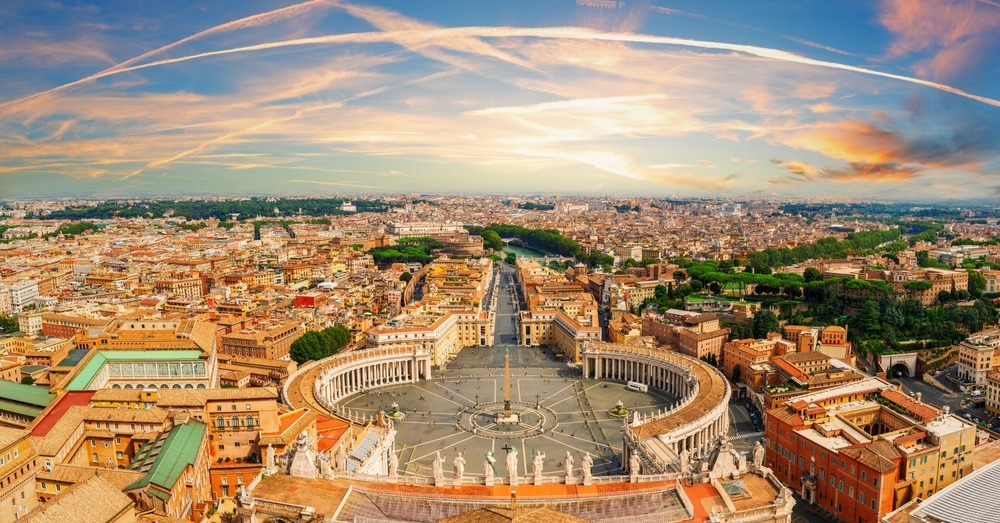
The Voting Process: Sacred Secrecy and Symbolism
Voting usually begins the day after the conclave starts. Except for the first day, which has one ballot, there are typically two voting rounds held each morning and afternoon until a candidate receives a two-thirds majority plus one.
Cardinals are sworn to absolute secrecy. No details of the balloting process are ever revealed, even after the conclave ends.
RELATED: Who Will Be the Next Pope? A Look at the Leading Contenders to Succeed Francis.
Black Smoke or White?
One of the most iconic parts of the papal election is the smoke signal from the Sistine Chapel chimney. If no candidate receives the required majority, the ballots are burned with chemicals that produce black smoke, signaling to the crowds in St Peter’s Square that no pope has been chosen.
If no result is reached after three days of voting, the cardinals take a day of prayer and informal discussion before resuming.
Once consensus is reached and a new pope is chosen, the ballots are burned again—this time producing white smoke, announcing to the world that the Church has a new leader.
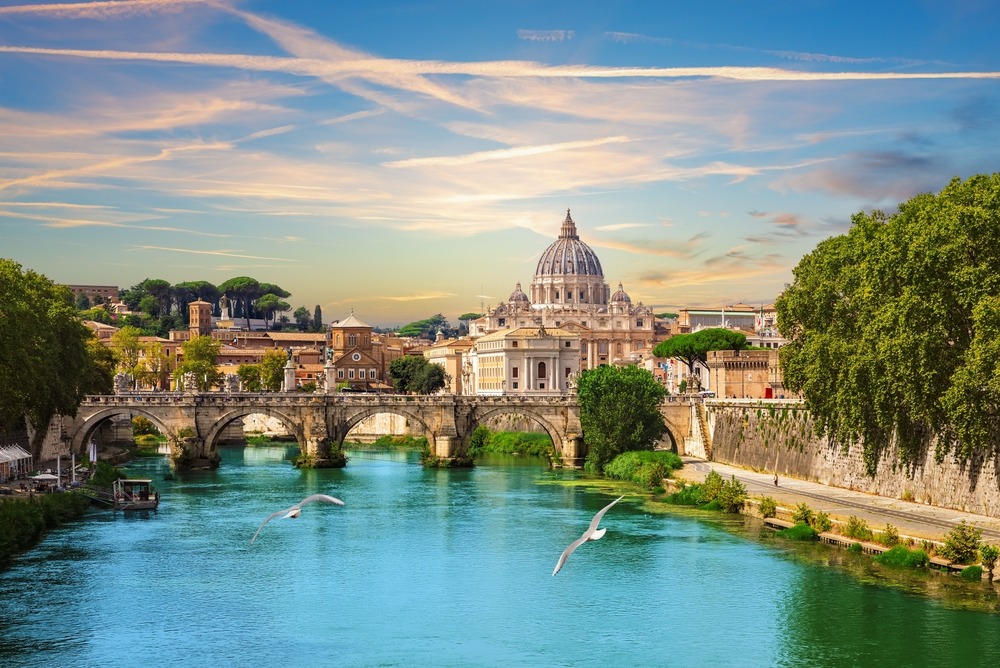
Habemus Papam: A New Pope Is Revealed
The chosen cardinal is asked if he accepts the role and what name he wishes to take. He then changes into one of three pre-tailored papal vestments—small, medium, or large—and sits on a throne in the Sistine Chapel as the cardinals individually swear their obedience.
Then, the moment millions await: the senior cardinal deacon steps onto the central balcony of St Peter’s Basilica and proclaims:
“Annuntio vobis gaudium magnum. Habemus Papam.”
("I announce to you a great joy. We have a pope.")
The new pope steps forward to deliver his first blessing to the crowd below.
In the following days, he celebrates a special inaugural mass to mark the beginning of his papal ministry.
There’s something endlessly fascinating about the entire papal election process. From ancient rituals to symbolic secrecy, it’s a tradition that has endured for centuries and continues to captivate people around the world. I love how the Church holds firm to these age-old customs—like the smoke signals and the Latin declaration—as they provide a tangible link between the past and the present. It’s a powerful reminder of history in motion, and I’m always amazed by how these sacred traditions still guide one of the world’s most influential spiritual institutions.


